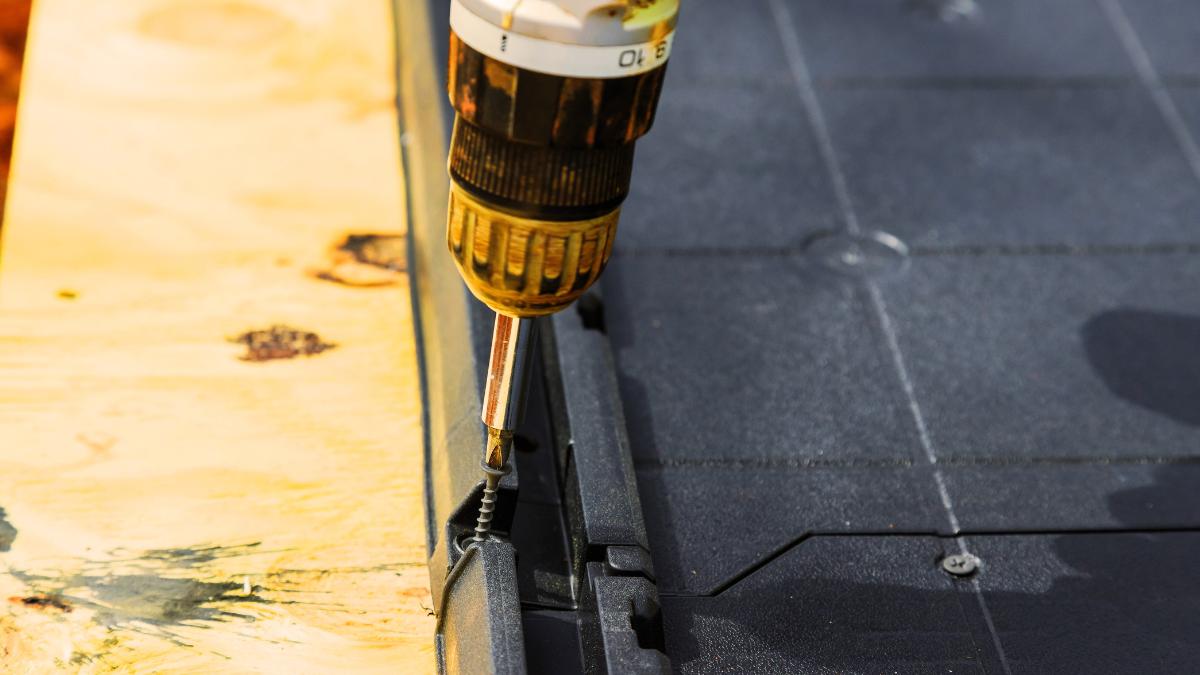Last Updated on September 8, 2023 by Kravelv Spiegel
Insofar as building things goes, assembling with precision matters. Whether it is constructing a bookshelf, putting together a swing set, or building a house, how precisely various components come together determines their structural integrity. Of all the factors involved, almost nothing is more important than using screws properly.
Choosing the Right Screws
The experts at SPAX.us explain that screws come in a variety of types and sizes. The screws that are chosen depend on the materials being joined and the size of the screw hole. Phillips and flathead screws are the most common, but hex and star drive screws are popular in furniture construction. Wood screws have deeper threads to grip softer material while sheet metal screws work with metal framing.
Using the Proper Driver
A quality screwdriver ensures proper screw installation. Magnetic tips hold screws firmly until the screwing process starts. The right size tip fits snugly into screw heads, helping to prevent stripping or marring. Quality ratcheting drivers speed up driving and help maintain control.
Impact drivers are really good at driving large numbers of screws. They use concussive rotational impacts along with torque. This combination drives a screw quickly without excessive force on the user’s wrist. Nonetheless, control requires starting screws carefully before using full impact power.
Applying Correct Torque
Torque measures rotational force. Excess torque can damage screw heads or cause wood to split while too little torque can result in loose connections. Tightening screws “until snug” leaves proper torque to chance. A torque-limiting screwdriver provides an exact torque target.
Set the driver to match the recommended inch-pound rating of the fastener. As you drive the screw, the clutch disengages torque when reaching the target level. This ensures consistent connections without over-tightening. To this end, a torque driver is indispensable for precision assembly.
Avoiding Over-Tightening
It’s possible to get screws too tight. This crushes materials and strips screw drive recesses. Over-tightened screws can deform assemblies and can result in components pulled out of alignment. This leads to instability.
With wood, over-tightening can split lumber or pull screws right through. In metal connections, excess torque can strip threads. Over-tightening also makes later disassembly difficult or impossible. Leaving connections snug but not fully tightened provides strength without problems.
Securing Joints Completely
Joint construction relies on properly aligning parts and installing all fasteners. When assembling with screws, joint stability requires every screw hole be filled. Missing or skipping just a few screws could jeopardize the entire structure.
Fill edge holes first then follow with the intermediate holes. Draw joints tightly together as you work across them and check for even alignment as you go. Loosen installed screws to adjust fit before final tightening. Complete joint assembly means no empty holes remain.
Avoiding Misalignments
Small errors in assembly quickly multiply into major misalignments. Each joint slightly out of position throws succeeding placements further out of kilter. Poor alignment also causes instability, racking, and early joint failure.
Work on a flat surface and assemble from bottom up. Use clamps to hold parts for drilling and driving. Check fit and square at each step. Catch and correct errors early before they compound. Take the time to align components properly, then fasten them securely.
Quality Construction Takes Patience
You need to resist any urge to slap assemblies together quickly. Rushing leads to imprecise alignment, uneven torque, and improper fastening. Such flawed construction will lack durability and structural integrity.
Building right requires patience and precision. So assembling with precision and care will result in furniture, structures, and objects sturdy enough to last.
Conclusion
Choosing suitable fasteners, using proper tools, applying correct torque, aligning parts precisely, and exercising patience makes for sound construction and sturdy products. Follow these guidelines, take your time time, and your assembled creations will stand the test of time.

